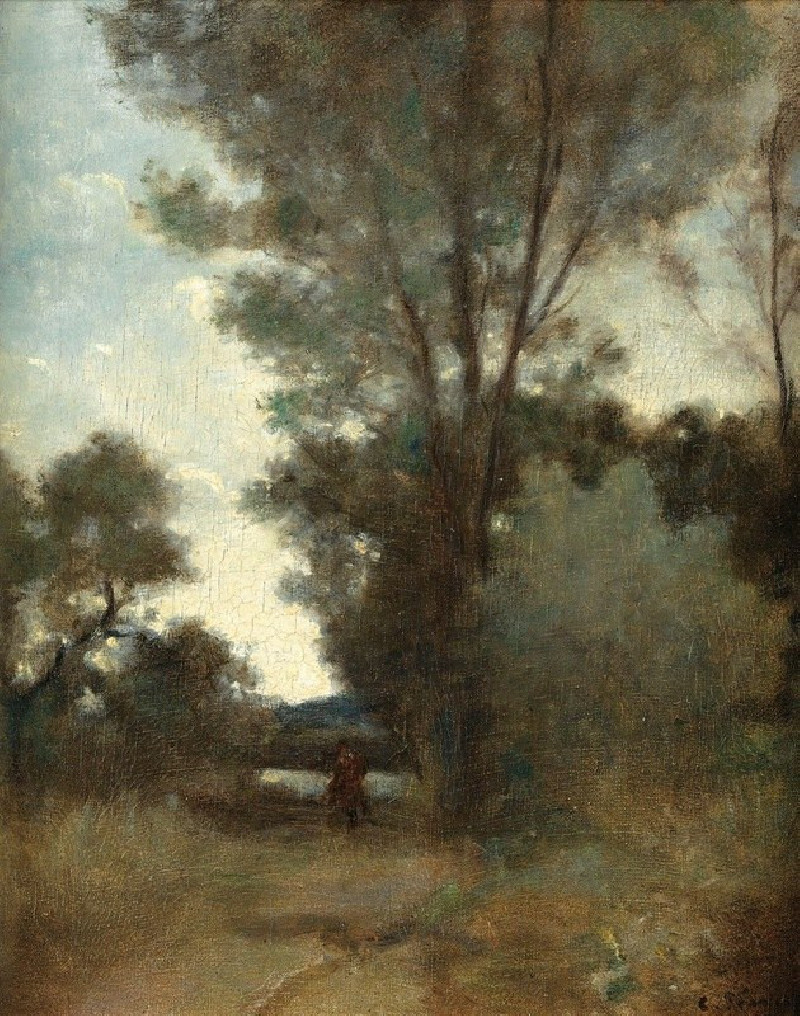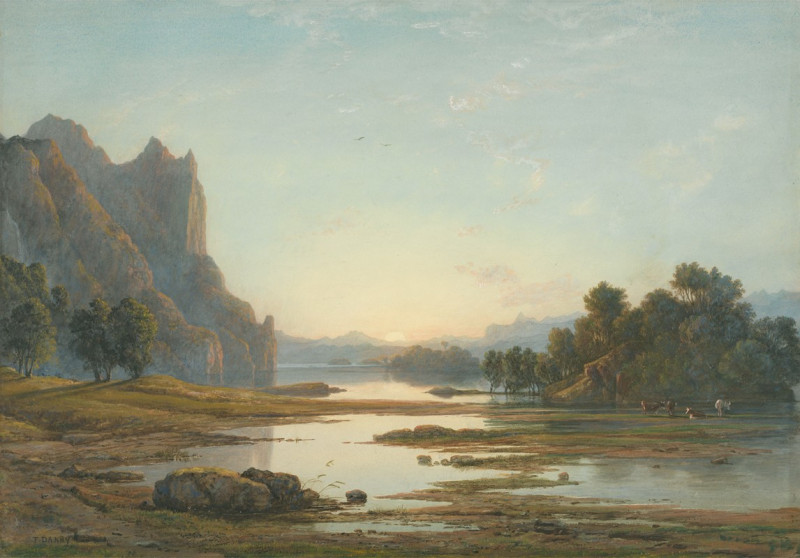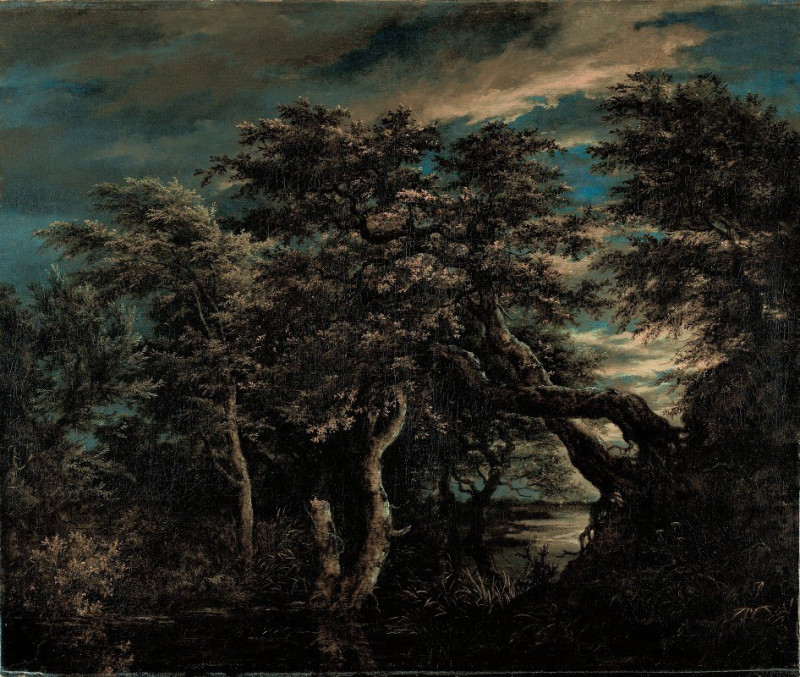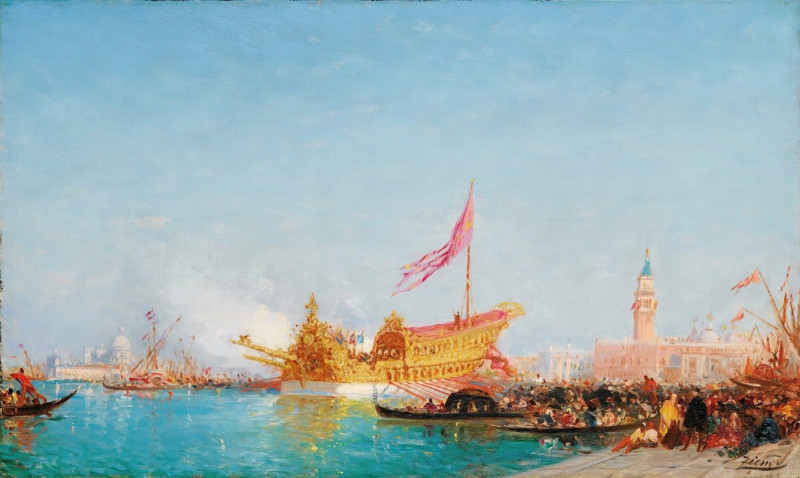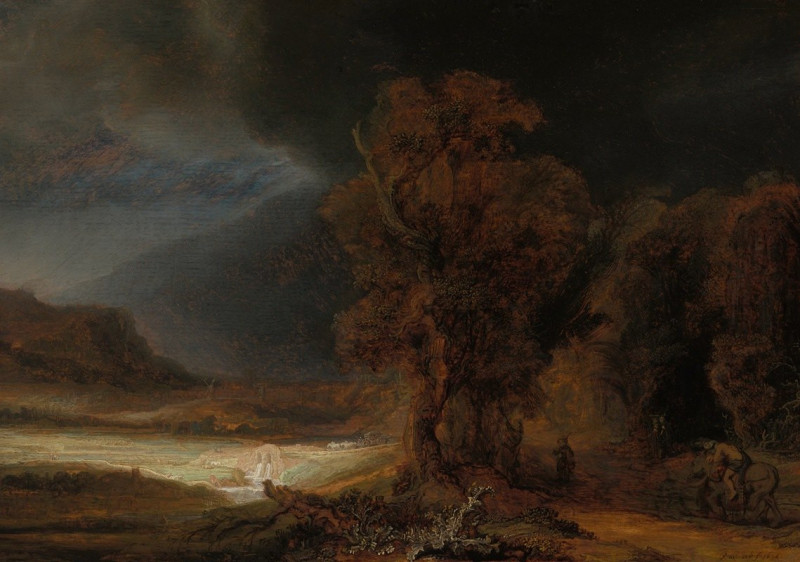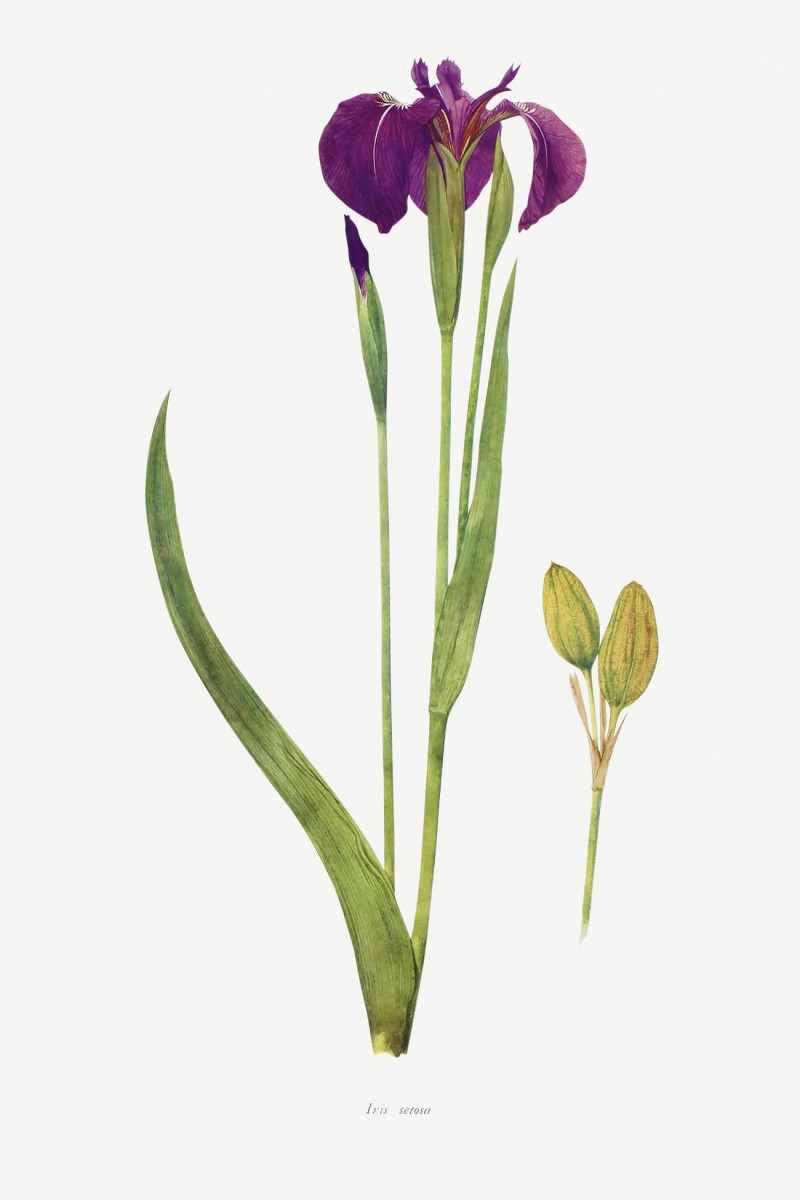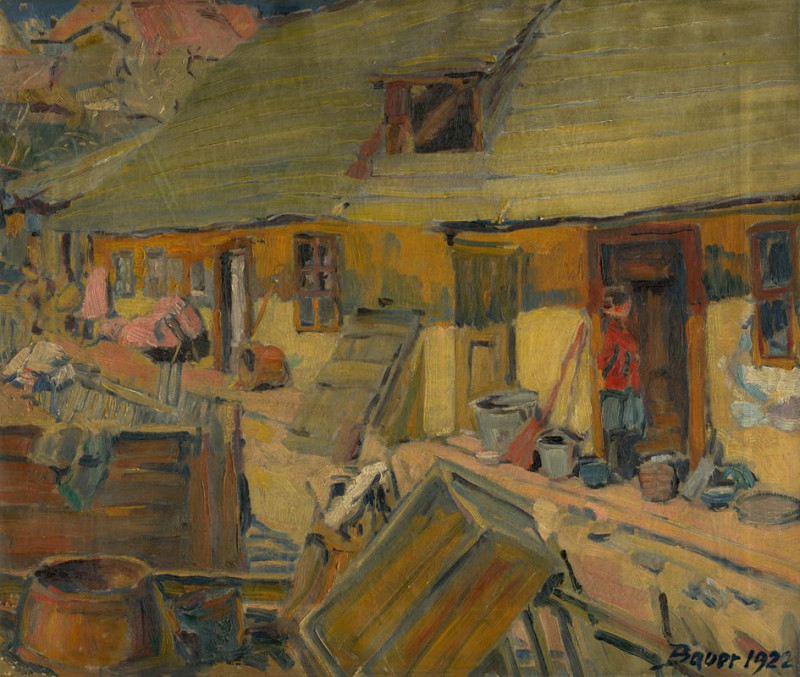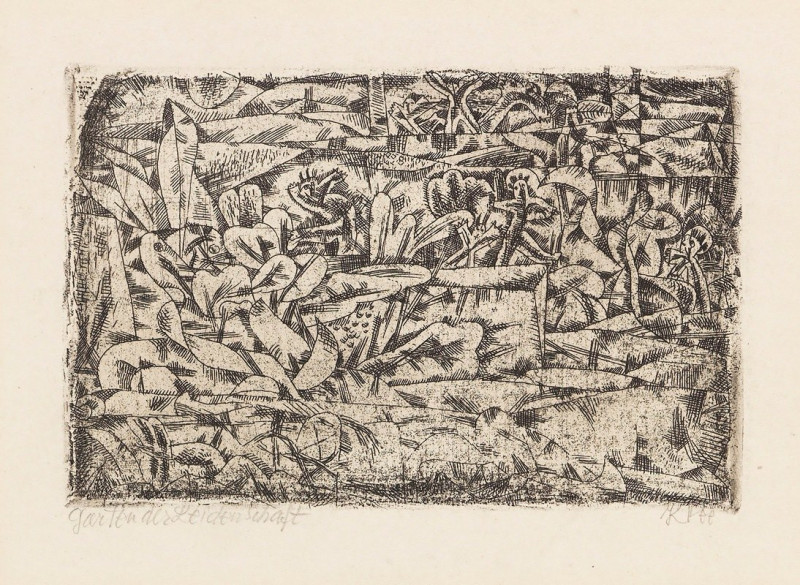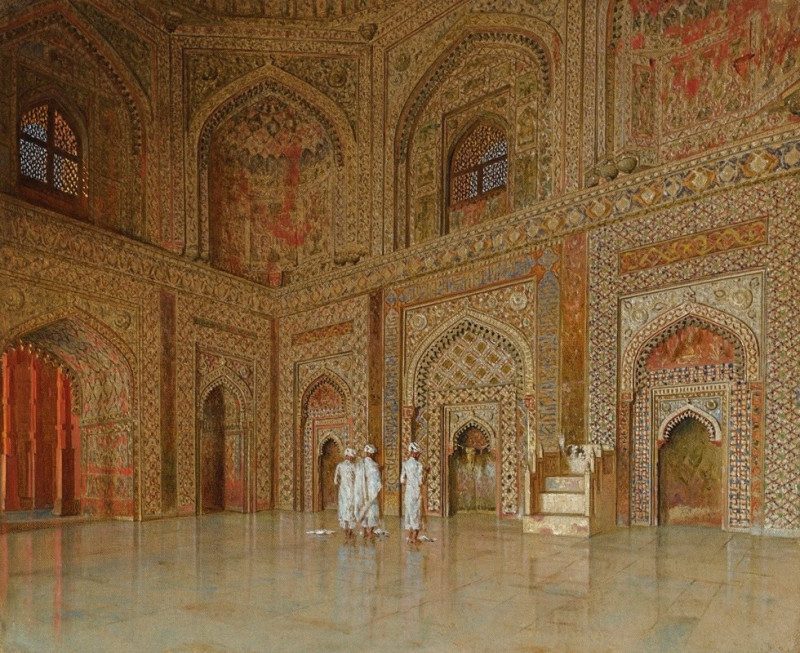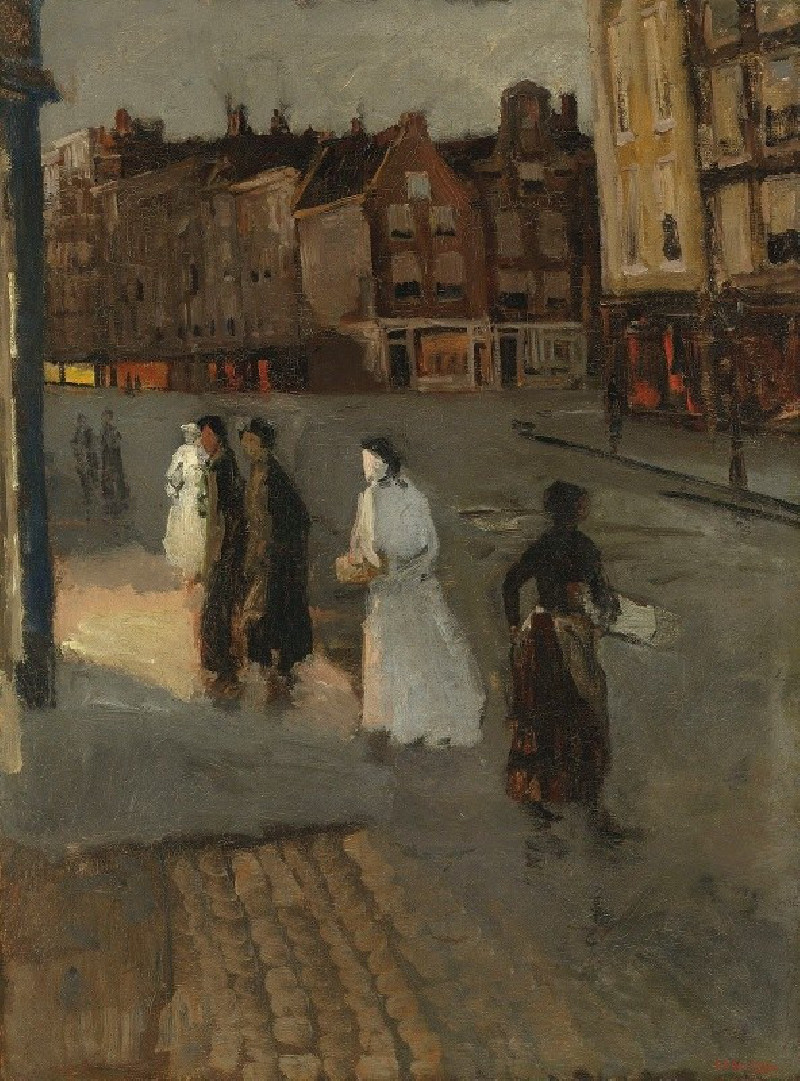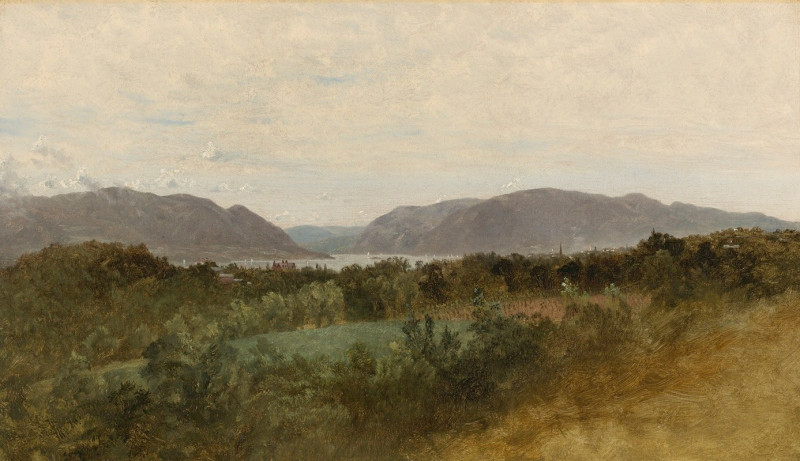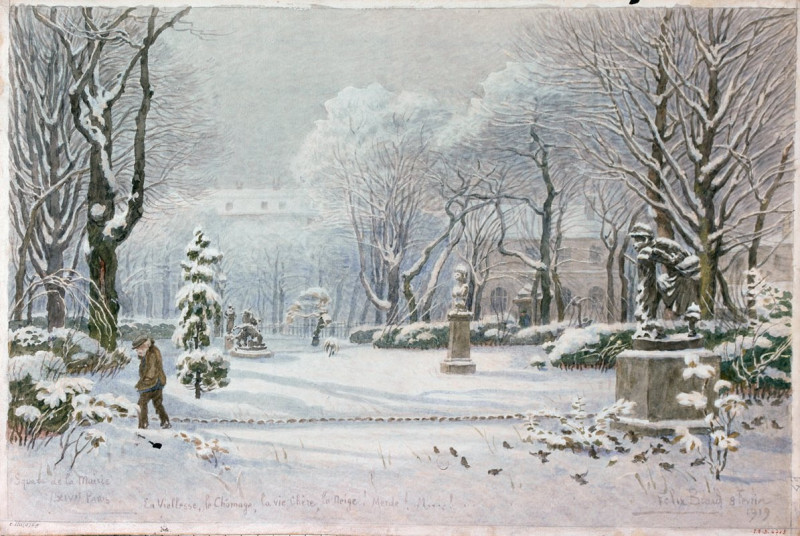Cavalier À L’orée D’un Bois (circa 1859)
Technique: Giclée quality print
Recommended by our customers
More about this artwork
Artist: Camille PissarroYear: Circa 1859In this evocative painting by Camille Pissarro, titled "Cavalier À L’orée D’un Bois" (Rider at the Edge of a Wood), the viewer encounters a serene natural scene woven with subtle details and a gentle interplay of light and shadow. Created in the early years of Pissarro's illustrious career, this artwork showcases the nascent stages of the Impressionist techniques that he would later fully embrace and help to develop.At the heart of the painting, a lone rider, minimally detailed and cloaked in a russet attire, is depicted amidst a tranquil, wooded landscape. The figure's presence is understated yet pivotal, anchoring the viewer’s gaze as a living element amidst the stillness of nature. The rider's journey seems to pause at the edge of the thicket, where the path, dappled in shades of earthy browns and soft greens, recedes into a hazy, luminous horizon.Flanking the path are towering, majestic trees, their forms rendered with a rich variety of tones from dark, almost brooding greens to lighter, airy blues. These grand sentinels, with their textured bark and foliage, dominate the upper registers of the canvas, their leaves teased by an unseen breeze. Pissarro's brushwork is loose and expressive, capturing the vibrant, fleeting quality of the wooded landscape.The atmosphere of the painting is one of quiet contemplation, a moment suspended in time where humanity and nature exist in harmonious solitude.
Delivery
Returns
Blessed are they who see beautiful things in humble places where other people see nothing. — Camille Pissarro
Camille Pissarro (1830-1903) was born on St.Thomas (now the US Virgin Islands) to a Portuguese father and a Dominican mother. He went to Paris to study art at Ecole des Beaux-Arts. He was an early pioneer of pointillism and neo-impressionism and later became a mentor of many famous impressionist painters including Cezanne, Manet, Renoir, and Gauguin. His paintings depicted rural and urban French landscapes and lifestyle. Many of his works politically captured images of peasants and laborers. Today, he is considered the father of impressionism.

